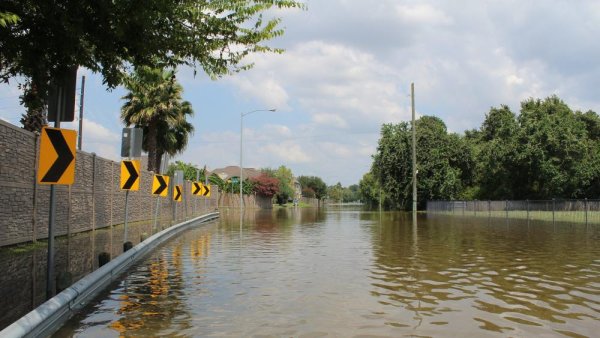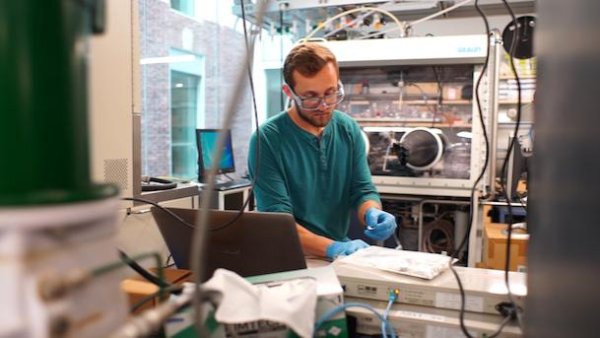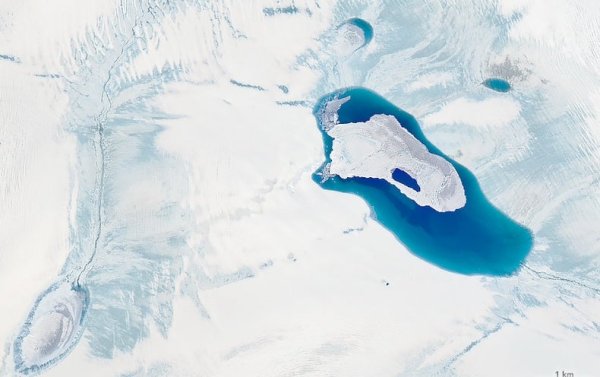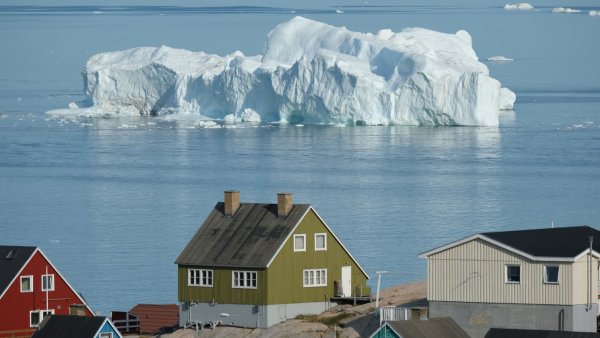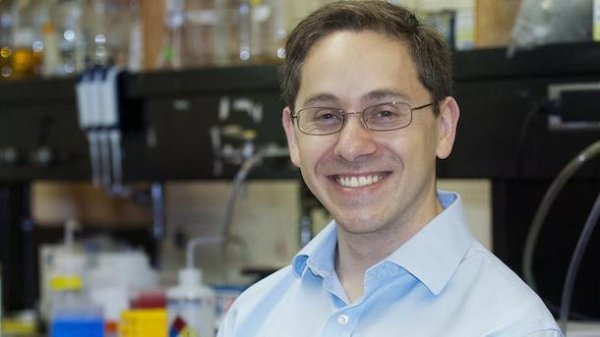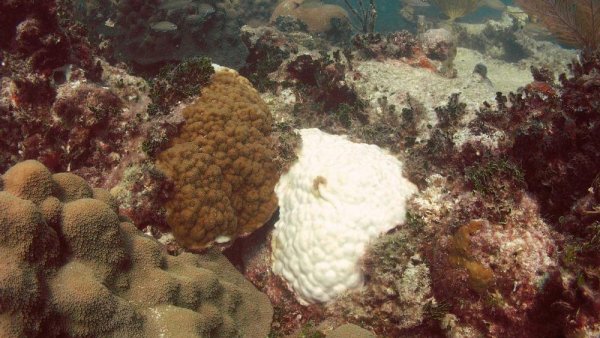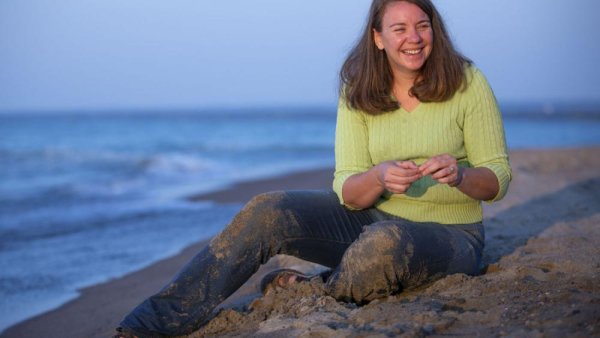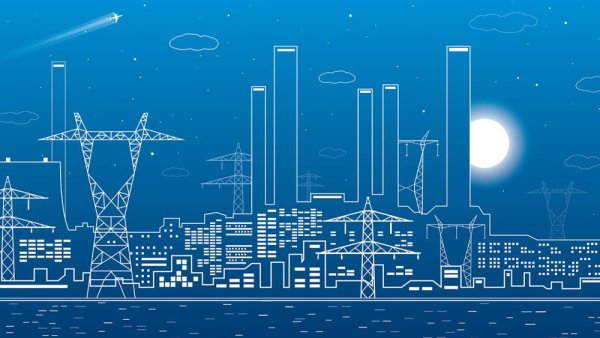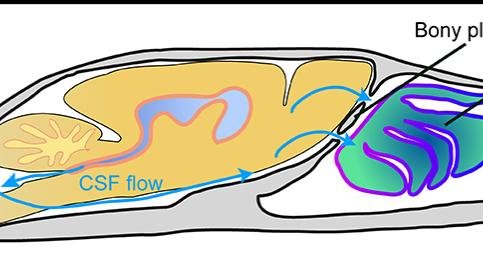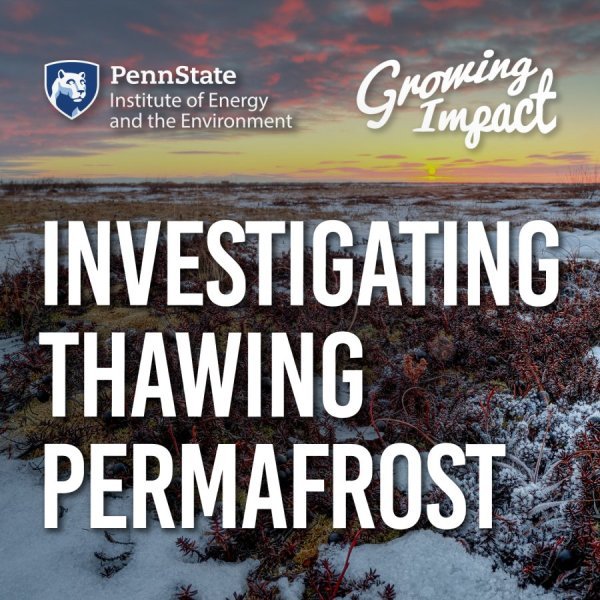Data assimilation method offers improved hurricane forecasting
| psu.edu
Operational models for severe weather forecasting predicted Hurricane Harvey would become a Category 1 hurricane in 2017, according to the University Corporation for Atmospheric Research. Instead, it became a massive Category 4 just before it made landfall, tying Hurricane Katrina for the costliest hurricane on record.
Researchers develop novel process to fabricate battery materials
| psu.edu
By discovering a way to combine lithium salts with ceramics, researchers in the Penn State College of Engineering and the Penn State Materials Research Institute may have created a new class of materials for longer-lasting batteries. According to researchers, the composite nature of the batteries could make recycling easier, reducing landfill waste.
Historic Greenland melt is a "glimpse of the future"
| scientificamerican.com
A major heat wave pushed melting into areas of the ice sheet that normally stay frozen year-round
Extreme ice melt in Greenland threatens coastal communities across the world, scientists warn
| cnbc.com
Greenland is the biggest contributor to sea level rise, which threatens to destroy property value in coastal regions, displace residents and eventually impact global markets.
Penn State-led Global Building Network at forefront of building performance
| psu.edu
A large-scale interdisciplinary effort led by Penn State, called the Global Building Network, is underway to create high-performance buildings, which are buildings capable of achieving net-zero carbon-based energy usage while increasing occupant performance and reducing health risks.
Penn State professor co-chairs roadmap to guide synthetic biology investments
| psu.edu
Howard Salis, associate professor of biological engineering and chemical engineering at Penn State, helped to draft a technical roadmap recently published by the public-private Engineering Biology Research Consortium that will guide future investments in synthetic biology, including encouraging partnerships to enable these innovations to make the most positive societal impact.
How to restore a coral reef
| psu.edu
New guidelines drafted by a consortium of concerned experts could enable corals to adapt to changing environments and help restore declining coral populations in the Caribbean. The guidelines provide a definitive plan for collecting, raising and replanting corals that maximizes their potential for adaptation.
Accomplished plastics pollution researcher joins Penn State Behrend
| psu.edu
Sam Mason joined Penn State Behrend at the start of the spring 2019 semester as the college's sustainability coordinator. The Texas native is known for her groundbreaking research on plastics pollution.
Microgrids, major changes: Professor leading effort to redesign power grid
| psu.edu
When Hurricane Sandy hit the eastern seaboard in 2012, entire city skylines went completely black with the curious exception of a few small areas still emitting light, thanks to their use of combined heat and power systems, a key component to microgrids. Jim Freihaut, professor of architectural engineering in the Penn State College of Engineering, sees these microgrids not as exceptions but as the norm of the future.
New IEE leaders mindful of energy, environmental challenges
| psu.edu
Bruce Logan and Erica Smithwick have been named associate directors for the Institutes of Energy and the Environment.
Sense of smell, pollution and neurological disease connection explored
| psu.edu
A consensus is building that air pollution can cause neurological diseases such as Alzheimer's disease and Parkinson's disease, but how fine, sooty particles cause problems in the brain is still an unanswered question. Now a team of Penn State researchers, using mice, have found a possible way, but more research is still needed.
College of Engineering announces faculty promotions
| psu.edu
Fourteen Penn State College of Engineering faculty members have been selected for promotions, effective July 1, 2019.

